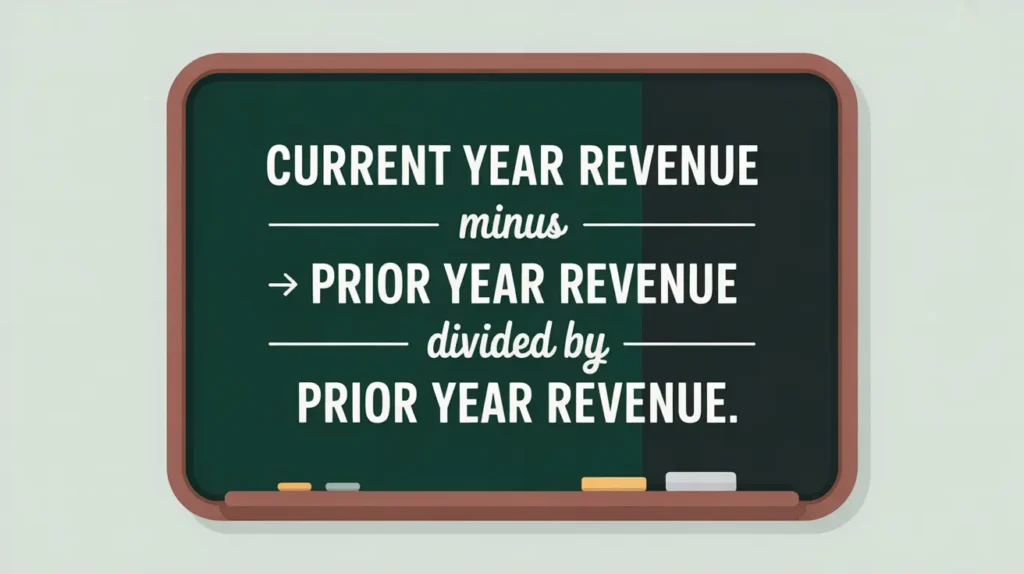Importance of the Operating Margin Ratio
The operating margin ratio measures whether a nonprofit is generating a financial surplus or deficit from its core activities. It matters because consistent surpluses provide resources for reinvestment in programs, reserves, and innovation, while repeated deficits may erode stability and credibility. For boards, donors, and regulators, this ratio is a central indicator of financial sustainability. In social innovation and international development, where funding often comes with restrictions and reimbursement delays, operating margin highlights whether the organization can cover its costs while pursuing ambitious, multi-year initiatives.
Definition and Features
The operating margin ratio is defined as:
Operating Surplus divided by Total Revenue.
Key features include:
- Profitability Indicator: shows the share of revenue left after covering operating expenses.
- Benchmark Use: positive margins indicate sustainability; persistent negative margins may require corrective action.
- Trend Sensitivity: year-over-year changes reveal whether financial health is improving or deteriorating.
- Decision Tool: used in board discussions about growth, reserves, and capital investments.
How This Works in Practice
If a nonprofit has $20 million in total revenue and $19 million in total expenses, its operating surplus is $1 million, yielding an operating margin ratio of 0.05 (5%). This margin may allow the nonprofit to strengthen reserves, invest in technology, or scale programs. A negative margin, such as -5%, could prompt leadership to cut costs, renegotiate grants, or intensify fundraising. Many boards track this ratio quarterly to ensure that deficits are addressed quickly and that surpluses are aligned with mission priorities.
Implications for Social Innovation
For nonprofits in social innovation and international development, the operating margin ratio is a reflection of mission sustainability. A healthy margin signals the organization has the flexibility to invest in partnerships, systems, and innovations that donors may not fully fund. Donors view consistent positive margins as evidence of sound management and financial resilience, while repeated deficits raise concerns about risk. By actively monitoring this ratio, nonprofits can demonstrate to funders that they are capable stewards of resources and ready to sustain complex, multi-country initiatives that drive systemic change.







